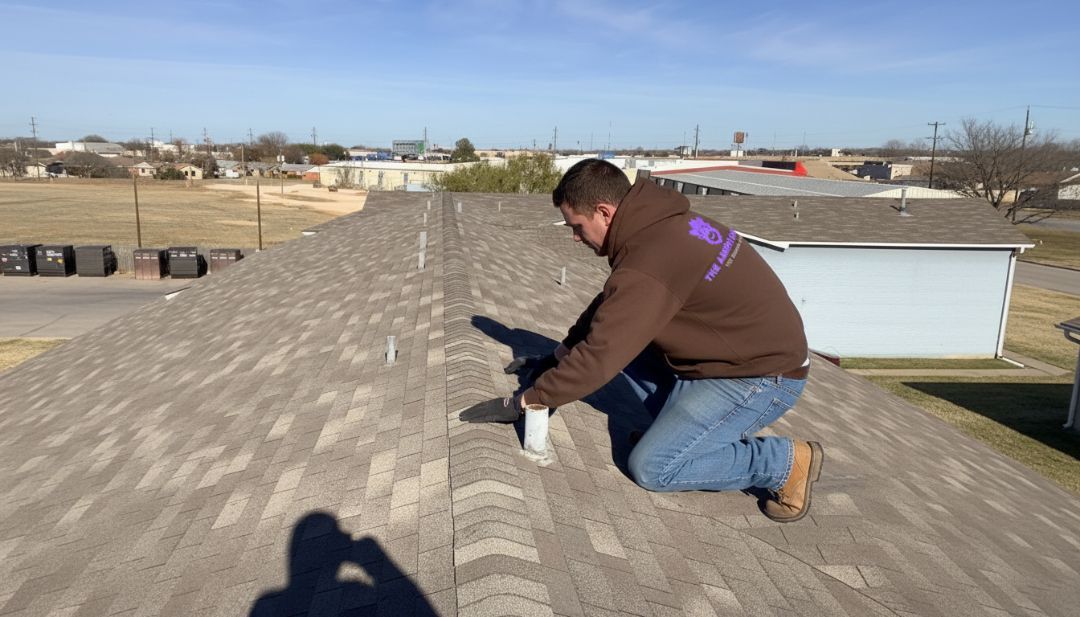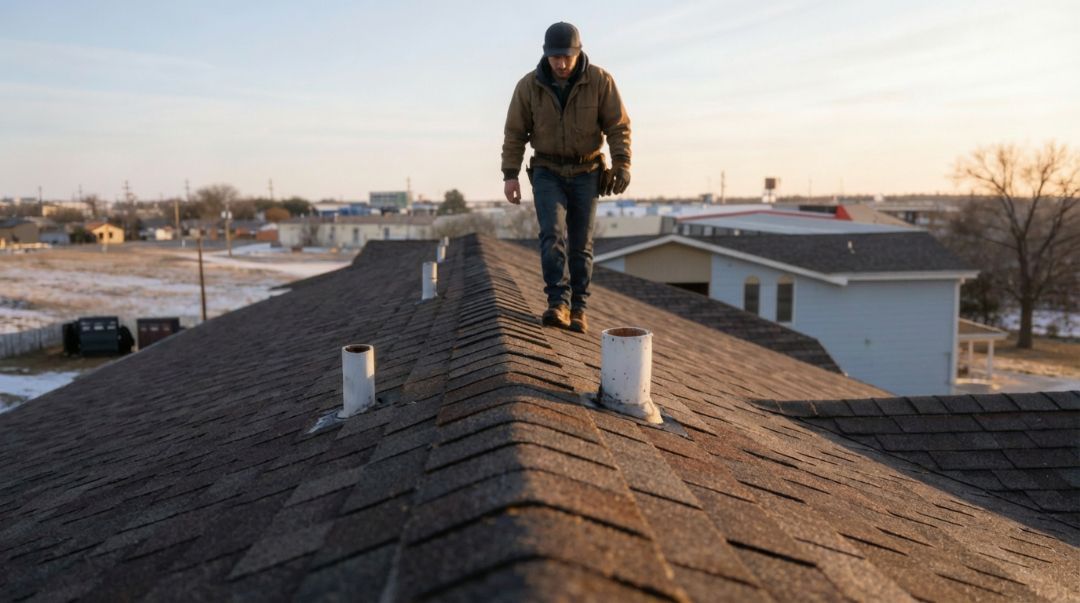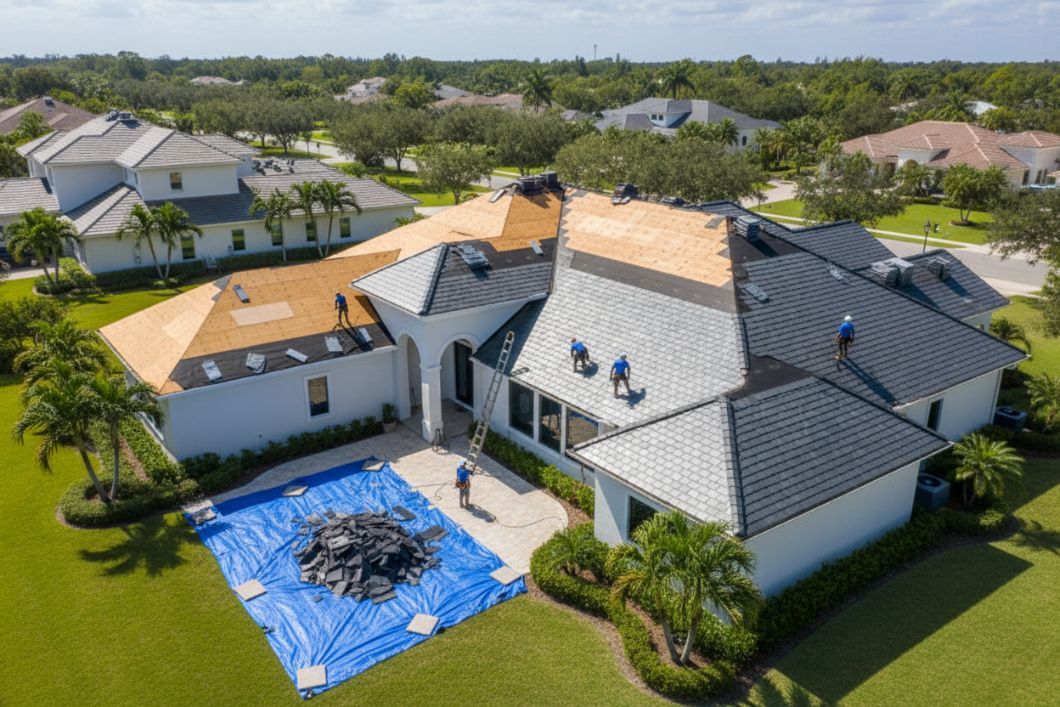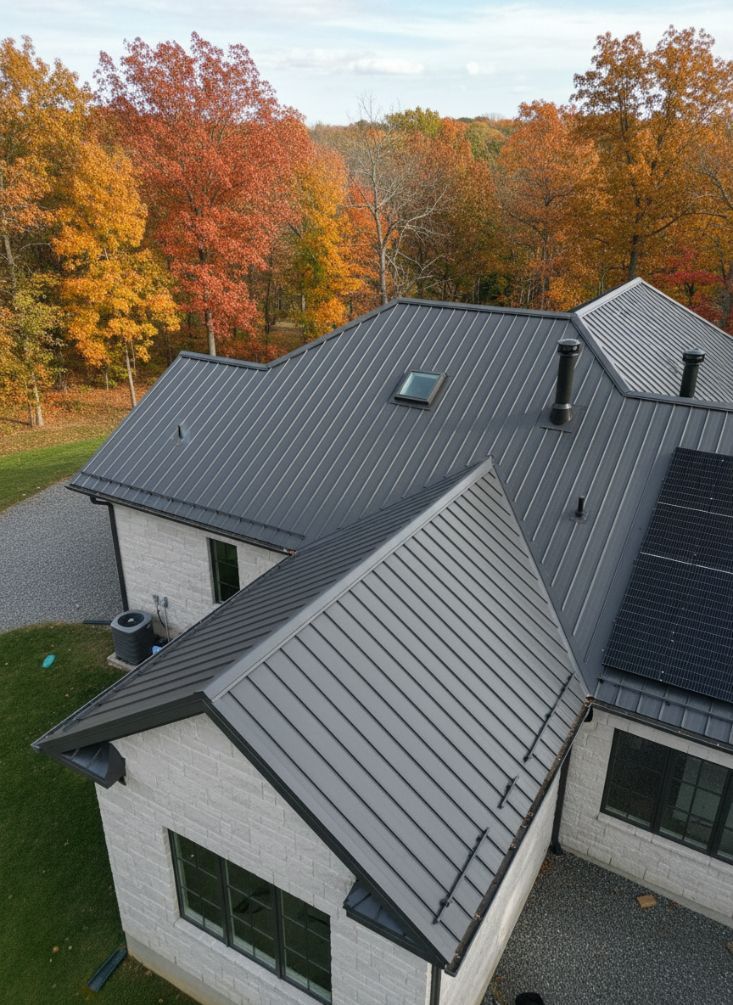Will a Leak in the Roof Cause Mold? Here’s How Fast It Can Happen
TLDR:
Yes, a roof leak can cause mold growth within 24 to 48 hours. If the area stays wet, mold can spread quickly—leading to costly damage and serious health risks.
What Happens When Your Roof Leaks?
A roof leak introduces water into areas it should never touch—often as a result of common storm-related roof leaks that allow moisture to sneak past your shingles. Mold needs just two things to start: moisture and a surface to grow on. Once water makes its way into your attic or ceiling, mold gets a free invitation.
Water from a leak will often:
- Travel along rafters and beams before showing any signs
- Soak into insulation and drywall
- Pool in attic spaces, behind walls, or around HVAC systems
Some leaks are obvious. Others remain hidden until mold or structural damage reveals them.
How Fast Does Mold Grow from a Roof Leak?
Mold begins growing in as little as 24 to 48 hours after a roof leak. It spreads faster in warm, humid environments—like attics with poor ventilation.
The conditions that trigger mold growth include:
- Moist, unventilated air
- Organic materials like wood, drywall, and insulation
- Lack of direct sunlight or airflow
If you don’t dry the area immediately, mold colonies can multiply rapidly, becoming harder and more expensive to remove.
Roof Mold Symptoms and Warning Signs
Not all mold is visible at first. In many homes, mold quietly grows for weeks before obvious signs appear.
Common symptoms include:
- Musty odor in the attic, ceiling, or upper floors
- Black, green, or brown spots on walls and ceilings
- Bubbling or peeling paint
- Wallpaper pulling away from the wall
- Persistent allergy symptoms like coughing, sneezing, or sinus pressure
These signs indicate water has penetrated deeper than the surface.
Common Areas Where Mold Grows After a Roof Leak
After a roof leak, moisture can spread far beyond the initial entry point. Mold tends to grow in hidden or hard-to-reach areas, including:
- Attic insulation and rafters
- Behind ceiling drywall
- Inside HVAC ducts
- Along framing studs in interior walls
- Under roofing materials and shingles
These locations often stay damp long after the surface appears dry, which accelerates mold development.
Is Mold from a Roof Leak Dangerous?
Yes, mold from a roof leak can be dangerous—especially black mold. It poses health risks to everyone, but especially to children, the elderly, and people with respiratory issues.
Health effects may include:
- Difficulty breathing
- Asthma flare-ups
- Sinus congestion or infection
- Headaches and fatigue
- Skin irritation
Long-term exposure can lead to chronic respiratory illness if not addressed quickly.
How to Stop Mold from Roof Leak: Prevention Tips
Stopping mold growth means acting fast. Here’s what to do as soon as a leak is discovered:
- Remove any wet materials like insulation or soaked drywall
- Use fans and dehumidifiers to dry the area completely within 48 hours
- Ventilate the attic or upper floor by opening windows
- Schedule a professional roof inspection to locate the source of the leak
- If mold is already visible or the area smells musty, call a mold remediation expert
The key is to eliminate moisture before mold can take hold.
When to Call a Pro: Mold Remediation & Roof Repair
There are times when DIY methods won’t cut it. You need to call a professional roofer and mold remediation company if:
- Mold affects more than 10 square feet
- You can’t pinpoint the leak source
- Structural wood appears soft, wet, or rotten
- Mold is inside your HVAC ducts
- Mold returns even after cleaning
At
Amish Roofer, we provide expert roof leak detection and can coordinate with trusted mold remediation partners to fix the root cause—not just the symptoms.
Cost to Fix Mold from Roof Leak
The cost of mold removal and roof repair depends on how long the issue was left untreated and how far the water traveled.
Typical costs:
- Minor mold cleanup: $500 to $1,500
- Moderate infestation: $2,000 to $6,000
- Severe damage with structural repairs: $10,000 or more
If the leak was caused by a storm or other sudden event, homeowner’s insurance may cover both mold remediation and roof repair. But if it resulted from neglect or lack of maintenance, it’s unlikely to be covered.
FAQs About Roof Leaks and Mold
Can a roof leak cause mold in the walls?
Yes. Water can travel behind drywall and insulation, allowing mold to grow out of sight.
Will insurance cover mold from a roof leak?
It depends. If the leak resulted from a covered peril like a storm, yes. If it’s due to wear and tear, it may not be covered.
How do I know if I have mold from a hidden leak?
Look for musty smells, discolored walls or ceilings, and any signs of water intrusion even if you don’t see active dripping.
What should I do right after discovering a roof leak?
Stop the water source, dry out the affected area immediately, and call a roofing professional like Amish Roofer for inspection and repairs.
Protecting Your Home from Future Mold Issues
Once you've handled a leak, here’s how to prevent mold from coming back:
- Schedule roof inspections at least once a year
- Keep gutters clean to ensure proper drainage
- Improve attic ventilation with fans or ridge vents
- Seal around roof penetrations and flashing
- Replace aging roofing materials before failure occurs
Prevention costs far less than mold cleanup. Staying ahead of roof issues saves time, money, and your home’s health.





